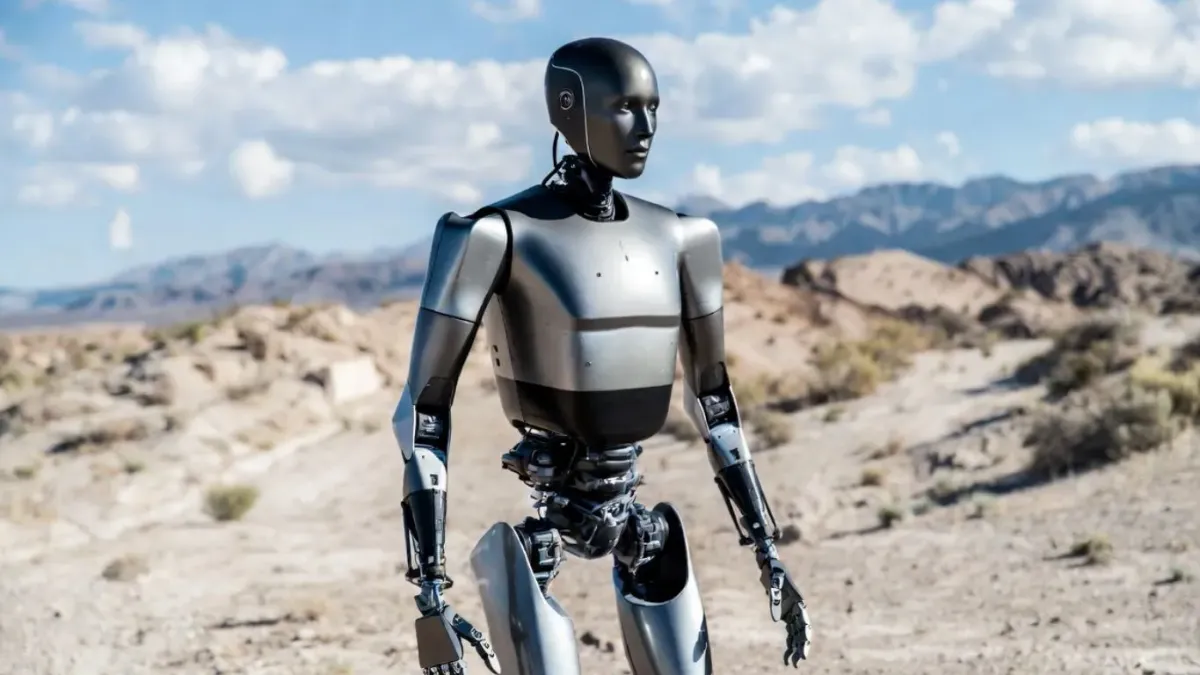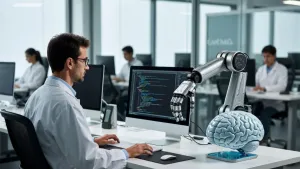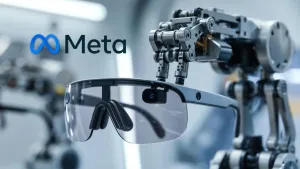Xsens has introduced an upgraded version of its motion-capture suit, paired with a new software platform called Xsens Humanoid. The updated system is designed to help robotics teams capture human movement with greater accuracy and translate it directly into robot-ready datasets.
The launch reflects a rising demand for motion-capture systems that can operate outside controlled studio environments and serve as a pipeline for humanoid robot training, testing and teleoperation.
Hardware Improvements And Capture Efficiency
The next-generation suit features updated sensors, improved tracking stability and refined ergonomics for multi-hour sessions. Integrated cabling reduces setup time, while Wi-Fi 6E wireless transmission enables high-fidelity streaming in real time.
Hot-swappable batteries support uninterrupted use during long capture runs. Engineers can collect entire movement sequences without stopping to reset hardware, which has been a pain point in earlier systems.
Software Built For Modern Robotics Stacks
Xsens Humanoid is designed to interface directly with robotics and simulation frameworks widely used in research labs. The platform includes native integration with ROS 2, NVIDIA Isaac Sim, MuJoCo and other toolchains that convert motion data into control signals or training samples.
By aligning with these ecosystems, Xsens reduces the friction involved in importing human-motion datasets and accelerates the process of training robots for walking, manipulation, tool use and collaborative tasks.
Why Robotics Teams Need Higher-Quality Data
Humanoid robots require vast amounts of structured motion data to learn consistent behaviours. Traditional methods depend heavily on studio-based optical capture, which is accurate but expensive, labour-intensive and difficult to scale.
Inertial motion-capture systems like Xsens provide a more portable and cost-effective alternative, allowing teams to record complex motions in ordinary indoor environments. This flexibility makes it possible to capture not only walking sequences but interactions such as lifting, bending, carrying and fine-grained object manipulation.
Industry Context And Competitive Landscape
The humanoid robotics sector is expanding rapidly, with companies in the United States, Europe and Asia racing to improve locomotion, dexterity and human-robot collaboration. Robust training datasets have become a critical bottleneck as firms try to move prototypes toward commercial deployment.
Xsens aims to position its new system as an essential tool for researchers seeking scalable data-collection pipelines. Its integration with robotics software stacks aligns with broader trends in which labs seek less friction from raw capture to robot-action testing.
Early Use Cases And Expected Adoption
Research groups working on rehabilitation robotics, industrial humanoids and general-purpose robots are early candidates for the new system. The platform’s real-time streaming capabilities make it suitable for teleoperation experiments that require minimal latency and consistent human-motion transfer.
Academic labs may use the system to build large, labelled datasets for reinforcement-learning pipelines. Hardware teams working on balancing, gait control and manipulation may deploy the suit to test robot responsiveness against varied human actions.
Looking Ahead
Xsens plans to expand compatibility with additional simulation engines and deepen its sensor-fusion algorithms as robotics teams demand higher precision. Future updates may focus on improving outdoor capture, adding environmental awareness and supporting multi-actor datasets for collaborative tasks.
As humanoid robots move closer to real-world deployment, tools that connect human movement to robot learning will shape the pace of progress. Xsens’ new platform enters the field at a moment when data quality, portability and integration are becoming central pillars of robotics development.





